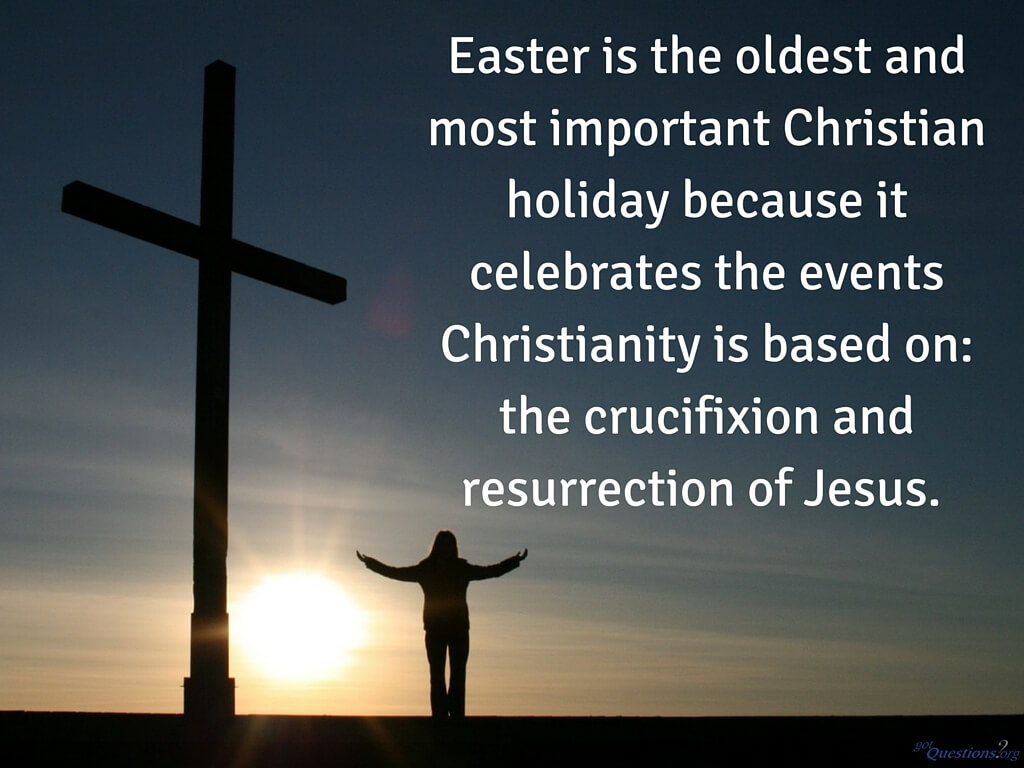The celebration of Easter is a cornerstone of the Christian faith, embodying the profound significance of the resurrection of Jesus Christ. To comprehend when Easter started and its evolution throughout history, one must delve into its biblical roots, cultural adaptations, and the ensuing theological implications that have shaped its observance.
The origins of Easter can be traced back to the early followers of Jesus, who, after His crucifixion and subsequent resurrection around the year 30 to 33 AD, began to commemorate this pivotal event. The New Testament accounts, particularly in the Gospels, narrate the resurrection occurring on the third day following Jesus’ death, which is celebrated by Christians worldwide. This miraculous event marked not only the triumph over death but also the promise of eternal life for believers, thereby heralding a new covenant between God and humanity.
Initially, the earliest Christians did not celebrate Easter as a distinct festival. Instead, they observed the Jewish Passover, which falls in the spring and celebrates the Israelites’ deliverance from Egyptian bondage. This connection is critical, as it underscores the significance of resurrection in the context of liberation from sin. However, as Christianity began separating itself from Jewish traditions, the necessity for a distinct celebration grew increasingly apparent.
By the second century, Christian communities across the Roman Empire started to designate a specific day to commemorate the resurrection. Variances in the dates of observance emerged, leading to the formulation of the Paschal Full Moon, which determined the date of Easter. This practice culminated in the establishment of the formula of Easter Sunday, occurring on the first Sunday after the first full moon that follows the vernal equinox. Thus, Easter does not have a fixed date and can fall anywhere between March 22 and April 25.
The Council of Nicaea in 325 AD played a pivotal role in standardizing the date of Easter. It aimed to unify the diverse Christian practices regarding the observance of the resurrection, as several factions were celebrating it on differing dates. The Nicene Creed, which emerged from the Council, solidified foundational Christian beliefs and further promoted the unity of practice among believers. This Council’s decision laid the groundwork for the liturgical calendar, establishing Easter as a central event in Christian worship.
As the centuries progressed, the manner of commemorating Easter evolved dramatically. From its humble beginnings, celebrations became more elaborate, integrating various cultural traditions and rituals. For instance, the use of eggs as symbols of new life and resurrection became commonplace in medieval Europe, representing the empty tomb of Jesus. This practice continues today with the tradition of Easter eggs, adorned with vibrant colors and patterns, symbolizing rebirth, renewal, and the joy of resurrection.
During the Reformation in the 16th century, attitudes towards the celebration of Easter shifted significantly. Reformers like Martin Luther and John Calvin emphasized a return to biblical teachings, at times downplaying certain cultural practices associated with Easter. Despite this, the core tenets of the resurrection and its theological implications remained central to Christian observance. The impact of the Reformation prompted various denominations to embrace unique ways of commemorating the season, from solemn worship services to festive community gatherings.
The Lenten season, a period of reflection and penitence leading up to Easter, adds another layer to the observance. Spanning 40 days (not including Sundays), Lent encourages believers to engage in practices such as fasting, prayer, and almsgiving. This sacred preparation culminates in Holy Week, which includes notable days such as Palm Sunday, commemorating Jesus’ triumphant entry into Jerusalem, and Good Friday, reflecting on His crucifixion. Collectively, these observances build towards the joyful celebration of Easter Sunday.
In contemporary Christianity, Easter is often celebrated with a medley of cultural and religious expressions. From sunrise services that echo the dawning realization of the resurrection to joyful church gatherings filled with hymns and communal meals, the day represents a time of festivity and unity among believers. Innovative outreach initiatives, such as community service and mission work, further emphasize the resurrection’s call to love and serve others.
Modern challenges also confront the celebration of Easter. Consumerism and secularization have introduced a myriad of distractions, leading some to question the authentic meaning behind the holiday. Amid such complexities, the core message remains: the resurrection of Jesus is a profound declaration of hope, love, and salvation. Emphasis on this truth, amidst cultural trends, can help Christians to preserve the sanctity of the day.
Easter’s rich tapestry of origins reflects the evolution of Christianity itself. It has transformed from a post-resurrection gathering of a small group of disciples into a global phenomenon celebrated by millions. Understanding the historical and theological significance of Easter invites believers to engage more deeply with their faith, reclaiming its essence in an ever-changing world. As Christians commemorate Easter each year, they do so not merely as an annual tradition but as a profound expression of faith, hope, and the promise of eternal life through Jesus Christ.



